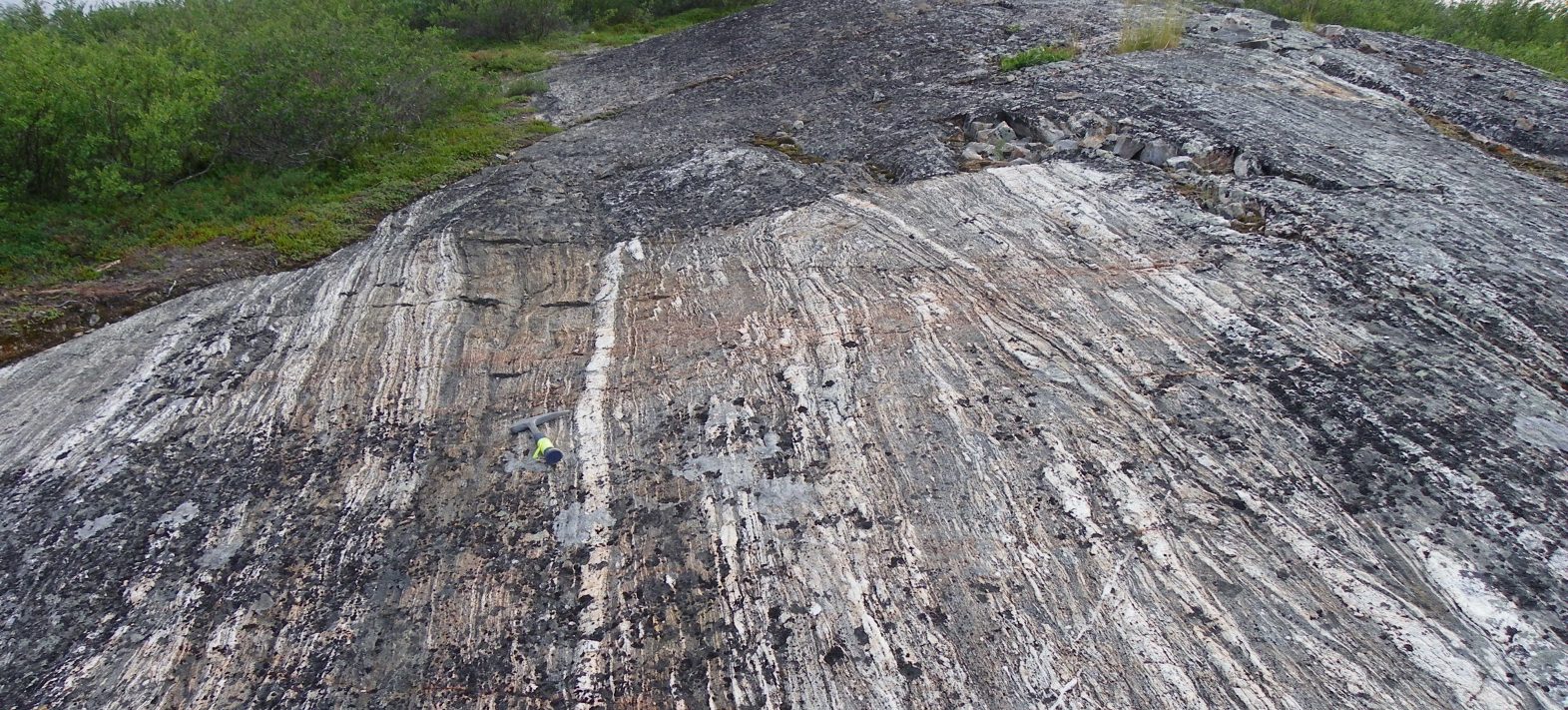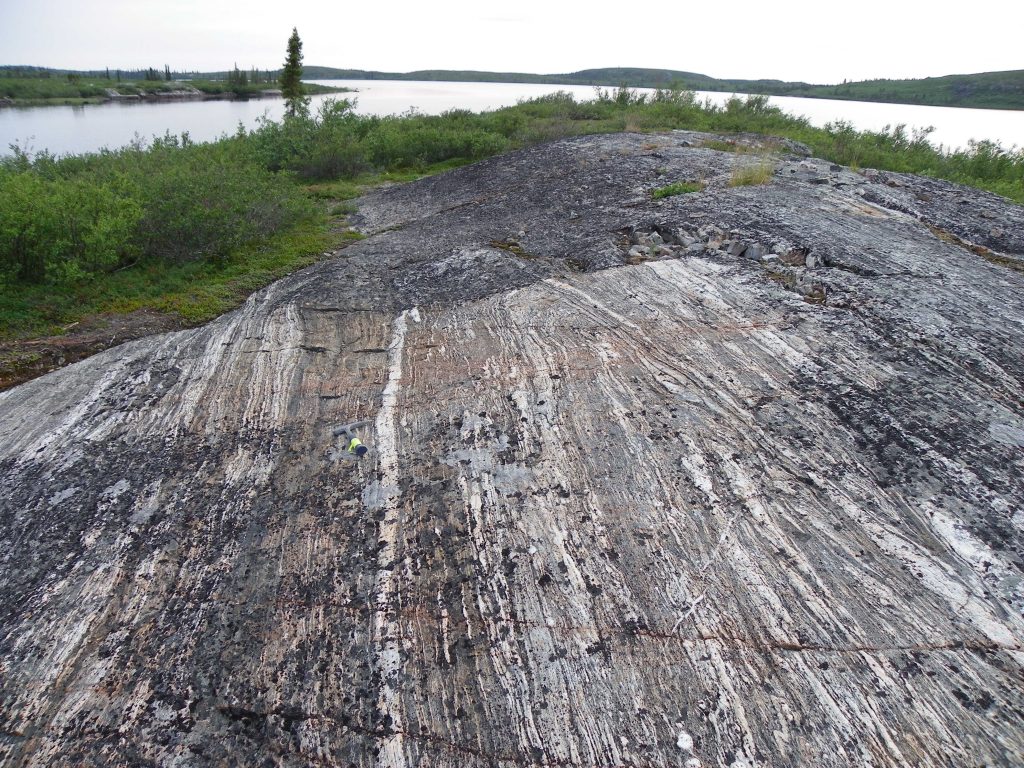Plate tectonics, a very old story
Researchers at IPGP have demonstrated for the first time that plate tectonics were already active on Earth 4 billion years ago. Their study shows that Archean samples display a signature typical of the subduction phenomenon.

Publication date: 01/10/2019
Press, Research
Related teams :
Cosmochemistry, Astrophysics and Experimental Geophysics (CAGE)
Related themes : Origins








